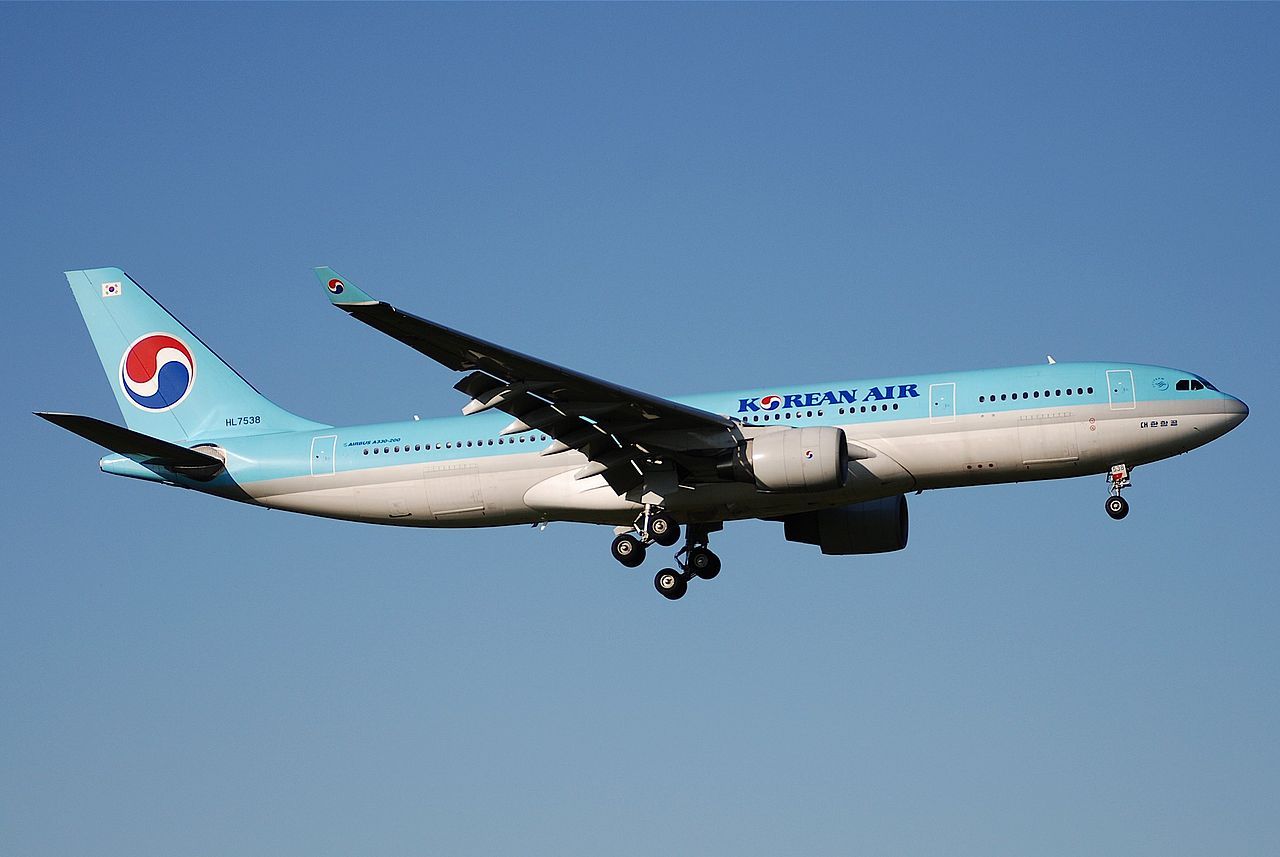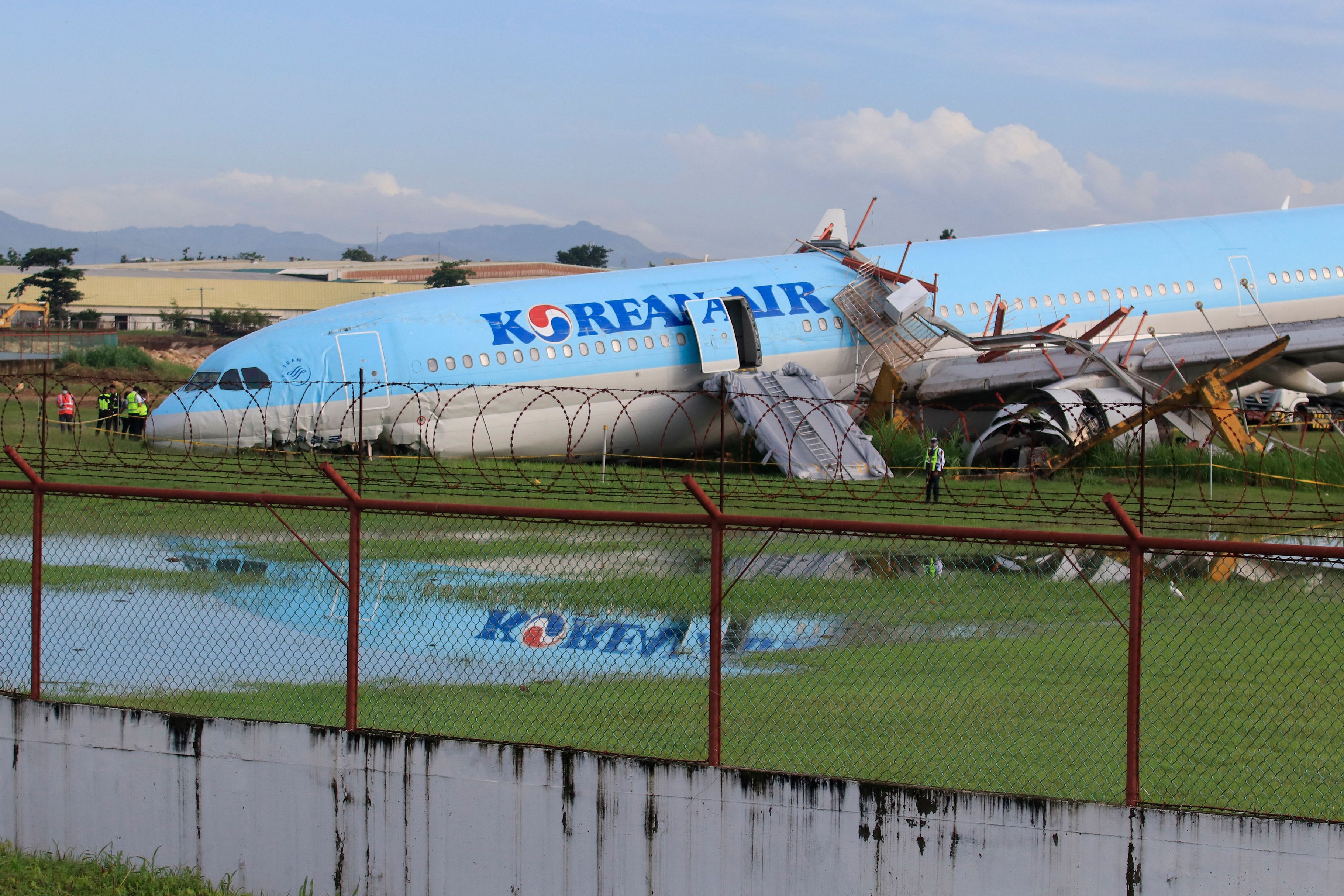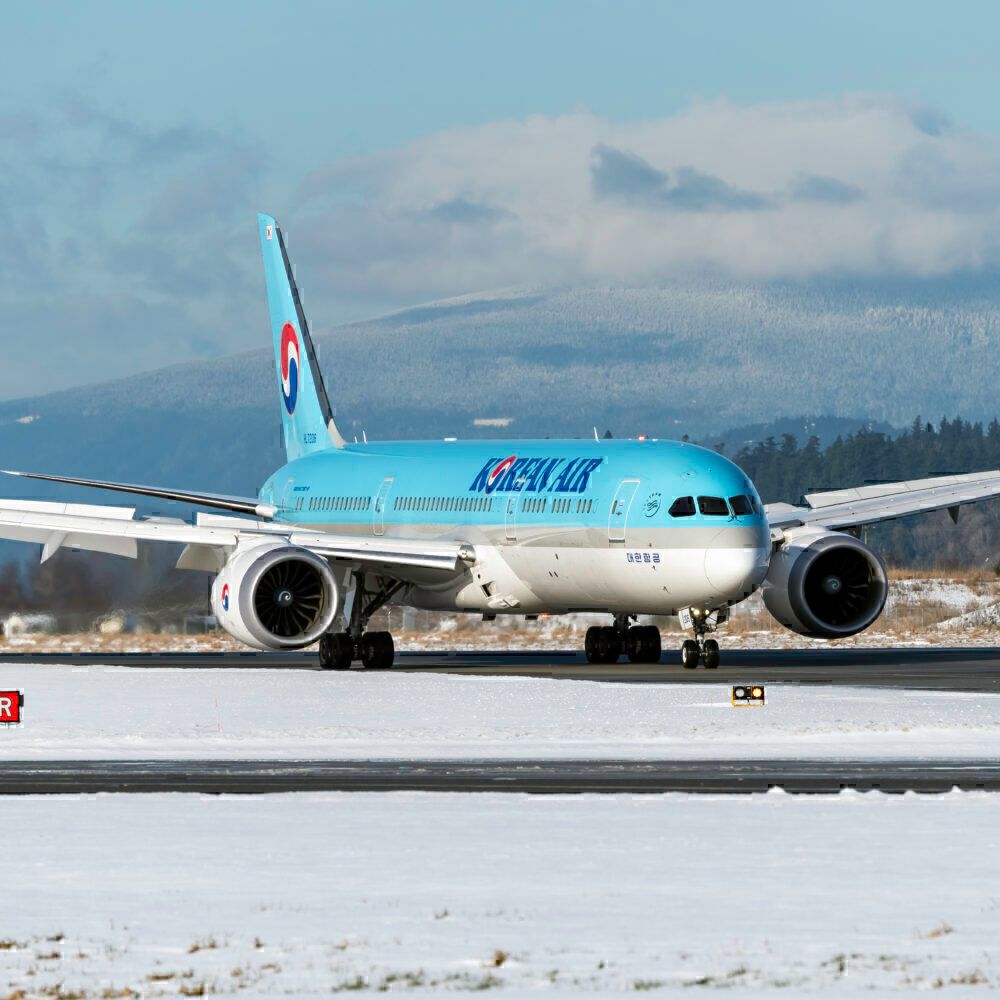In common with so many Asian airlines, Korean Air is rapidly adding destinations to its recovering network. Last week it announced it was resuming services on routes to Japan, China and Israel.
The routes involved originate from Korean Air's (Korean) central hub at Seoul Incheon International Airport (ICN) and cover six destinations. The destinations are Shanghai, Nanjing and Qingdao in China; Sapporo and Okinawa in Japan; and Tel Aviv in Israel.
Adding China capacity despite obstacles
Starting on Sunday, Korean will resume a once-weekly flight to Shanghai Pudong Airport (PVG), departing Incheon at 08:30 and arriving in Shanghai at 09:55. The return flight departs at 13:05 and arrives back at Incheon at 16:10. On the Seoul-Nanjing route the service will operate weekly on Wednesday, commencing December 7th, departing at 09:00 and arriving in Nanjing at 10:30. The aircraft then leaves Nanjing at 13:15 and arrives back in Incheon at 16:55.
The third Chinese service is a weekly Sunday flight to Qingdao, which commences on December 11th. It departs at 09:05 and arrives in Qingdao at 09:45, returning at 10:55 to land in Incheon at 13:25. Korean resumed its weekly service to Dalian on October 28th and increased frequency on flights to Shenyang and Tianjin from weekly to twice weekly.
Now that Japan has opened its borders to visa-free travel, Korean is resuming daily flights to Sapporo Chitose Airport (CTS) from December 1st. The service will depart ICN at 10:05 and arrive in Sapporo at 12:45, returning to Incheon at 14:00 for a 17:15 landing in Seoul. Commencing on December 1st, Okinawa flights will operate on Mondays, Thursdays, Fridays and Sundays, leaving Incheon at 08:05, arriving in Okinawa at 10:25 and landing back at base at 13:55.
Korean Air has also announced it is resuming services from Seoul to the Israeli city of Tel Aviv, starting on December 26th. The route will run three times a week on Mondays, Wednesdays and Fridays, with an afternoon departure from Seoul Incheon departing at 14:35 and arriving in Tel Aviv at 20:00. After a brief turnaround, it leaves Ben Gurion Airport (TLV) at 21:55 and is back in Seoul at 15:10 the following day.
Some fleet issues to sort out
Adding new routes is one thing but having operational aircraft to service them is a critical factor. Korean Air is embroiled in safety issues surrounding its aging widebody aircraft, encompassing Airbus A330s and Boeing 777s, some of which are between 18 - 23 years old. The airline recently announced it was conducting a comprehensive inspection of 24 of its A330s and retiring six older planes. Data from ch-aviation.com shows the airline has eight A330-200s and 21 A330-300s in its fleet, plus an A330-300 that has been written off following a runway excursion in the Philippines on October 28th.
Currently, the fleet data shows that Korean has 131 of its 159 aircraft listed as active. The active passenger fleet includes nine Airbus A220s, one A321neo, 20 A330s and five A380s. The Boeing aircraft are 23 737s, six 747-8s, 30 777s and ten 787-9s. The airline also has a large cargo fleet of 24 freighters, a mix of 747s and 777s, and three VIP corporate jets.
Various reports suggest that Korean is looking to add 90 new aircraft by 2028, including 30 Boeing 787 Dreamliners. Current events in the fleet suggest some of these new aircraft might be on the fast track to getting fleet renewal underway.
Let us know how events like this affect your choice of airline.

.jpg)


